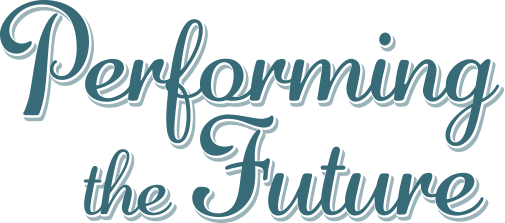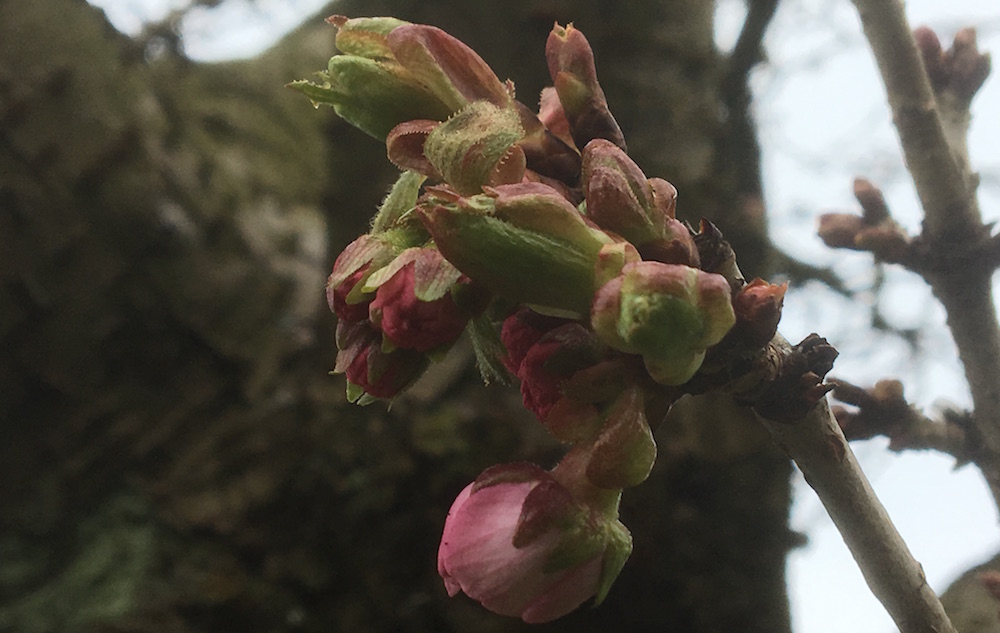An important issue has become apparent to us as we prepare for the tree to blossom and our meeting under the tree to talk about the future.
In preparation for the event we decided to inform our local council, as the homes around the park are mainly council managed and so we thought it would be a good way to tell people who live here and who use the park regularly. We also wanted the local council to know it was happening as an act of goodwill and openness, to join the conversation and with the view that it might happen next year.
This was very fruitful and we’ve had a lovely supportive response to the notion of watching for the tree to blossom and meeting to talk about the future. After that, though, things got a bit more difficult and troubling, and that is what we would like to write about.
‘When the tree blossom’ has been initiated by our conversations about ‘envisioning positive futures’, in this case by bringing people together under a tree. Our idea was to do this by using and consuming as little as we can beyond some artistic acts and possibly sharing some food. The aim is that whoever finds out about the meeting and is interested enough will join us in watching the tree. We will all decide together when it is in full blossom, and together find a way to meet, celebrate and talk about the future.
The invitation Haiku was constructed as a digital message, the kind of online scrolling sign which can be put together with almost facile ease and circulated online throughout the world with the press of a few buttons. The video was made to reveal the hidden labour and commerce behind such digital ease.We elaborately re-purposed empty commercial product boxes to give out our own message and precariously mounted them on wheeled devices from car boot sales before dragging them past the camera in a blizzard. This parodic re-assertion of the clunking physicality of the message delivery fitted with the use of the tree blossoming to tell us when to meet, rather than imposing a timetable on nature. The meeting in the park was therefore supposed to be the most ‘natural’ point in the process where people met up face to face free of agenda to mark and celebrate a moment and talk about the future.
Yet the reality of the council’s rules for a public gathering in a park bring into relief some of the broader questions that have arisen throughout this project and are potentially in direct conflict with the act of meeting spontaneously under the cherry blossom trees in our local park, in order to talk together about the future. The park is deemed a public space, but it has been made clear to us that if an event takes place in it which the council feels some sense of responsibility then the rules we need to abide by are not of our shared and negotiated collective, civic ethical or moral responsibility but are (of course) of the nature of ticking boxes and making risk assessments.
So the first difficulty is that we need to bring a loud hailer in case of public disruption, a first aid kit (and a trained first aider) in case of injuries, a sign warning that photographs may be taken, the food needs to be provided by a certified food retailer with ingredients displayed, we need a risk assessment and plan in place, to prepare for fire in the undergrowth, or the tree, we need to have DBS checked persons available if children are present, public liability insurance, and a designated place of safety in case of riots, bomb scares or terrorist attacks. The suggestion is that we cancel in case of inclement weather because the people of this fair city can’t handle the rain or snow (never mind how the poor blossoms might react to wind and rain).
So, is this all a good and helpful way to prepare for the future with all the risks and uncertainties potentially involved with people, maybe strangers, meeting under a tree in a public space?
Most villages have a tree at their heart that was originally the place where people met to bargain, mark time, conduct rituals, make decisions and share gossip. Would a risk assessment have helped them mitigate against bad weather, war, riots or disease in the past? Has the risk assessment replaced a prayer, a sacrifice of fruit, burning incense or paying dues to the local church? Or is there really something infinitely more dangerous about sitting under a tree in our modern inner cities?
Contrary to popular discourse, research shows us that our public spaces are less dangerous now than they have been throughout historical records (Furedi 2006, Harari 2015) and the risk of terrorist attacks or bomb scares has greatly reduced since the 1970s and 1980s as can be shown by this research. (https://www.start.umd.edu/gtd/search/Results.aspx?country=603)
Have these risks been reduced because of the amount of restrictions and control we have in our public spaces, or maybe it is something more complex than this? The security services say that the reductions in terrorist attacks are partly due to their vigilance and further research shows that it is indeed a very complex web: http://www.terrorismanalysts.com/pt/index.php/pot/article/view/89/html
The fluidity of online space, which enables us share and confer with thousands across the world, contrasts with the anxiety of the physical public space where increasingly the habits of informal social conviviality seem to be being lost. Yet it is within the fluidity of online conversation that those fears and anxieties about the dangers of how we are able to operate freely in the clunking physical reality of our everyday public spaces, like parks and streets, are being stoked up.
Our concern is that without the trust and ability to share responsibility with each other for meeting together under the tree we will be hindered in our ability to collaborate and talk as friends and strangers. If we are carrying a loudhailer, a first aid kit, warning about photography, handing out lists of ingredients and instructions on what to do in case of bombs or an attack, are we really able to start a conversation about envisioning positive futures, looking forward as the future unfolds and considering what we truly want and need from the future, here and anywhere else?
It seems the worst thing we can do is to convene a meeting without an agenda!

